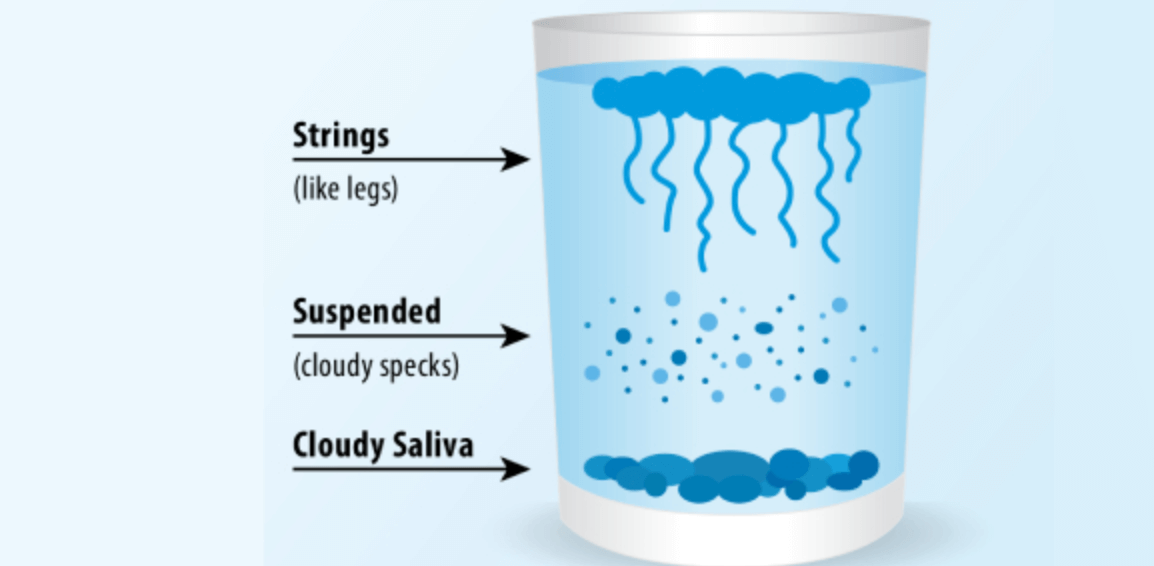100% Reliable Home Test for Candida
100% reliable home test for Candida – How to test for Candida at home
Medimush realises that because of the ambiguity of some of the candida symptoms, you may wonder whether your symptoms can be attributed to candida.
If you are looking for a way to treat yourself, diagnosing the condition as best you can would be wise.
There is more than one way to find out if you have candida overgrowth, and it is recommended that you discern whether this is the case before proceeding with any treatment method.
Doing the test at home first thing in the morning is possible, or you can go to a doctor for a test.
Of course, an accurate diagnosis can not be guaranteed if you are to self-diagnose. The only guaranteed way to find out if you have candida is with a laboratory test.
If you have decided to attempt to treat the condition with prescribed antifungals, it would be very wise to have this test done because overuse of such products or, worse still, antibiotics would very likely exacerbate the problem rather than solve it.
Natural products that assist your body in preventing and curing candida are unlikely to cause you any problems and may strengthen your immune system. Still, perhaps it is the case that you do not wish to spend large sums of money on such products should your condition be unrelated to candida.
Suppose it is not plausible for you to get a medical diagnosis. In that case, you can try one of the other tests below, which are free and simple and should be able to indicate whether the condition exists. However, it can not necessarily indicate the severity of the infection.
Test for Candida at home: The Spit Test
This home test is not the most reliable indicator but should give you some idea of whether any level of candida overgrowth exists in your body.
First, get a glass of water ready. You should also rinse your mouth with water, and after three minutes have passed, gather some saliva and spit it lightly onto the surface of the water in the glass.
Notice how the saliva looks on top of the water.
Leave it for fifteen minutes before you check the state again.
What should I look for when the test for Candida is?
Normal saliva with no trace of candida should be clear and will probably have some bubbles in it. It will simply float on top of the water for a while before dispersing into the water.
Saliva containing candida will appear and behave differently. The chances are that at least one of the following attributes will be visible:
The saliva will be cloudy, and strings of it will start to sink to the bottom of the glass.
Specks will float in the water, and the cloudy-looking saliva will settle at the bottom of the glass.
Generally, the faster this happens and the more strings and cloudiness present, the more serious the candida infection.
Why test your acidity? After the test for Candida:
The cause of candida is high acidity; you can test your body’s alkaline/acidity balance at home with pH test strips.
Take control of your body’s energy and know if you are too acidic.
Candia5 Home Test
http://candia5.com/ offers a simple blood test which you can do at home quickly and effectively if you are not comfortable with treatment based on a spit test.
Detoxing from candida
Laboratory Test
As mentioned above, it is also possible to have a stool test done via the Candida Test Service in the UK.

